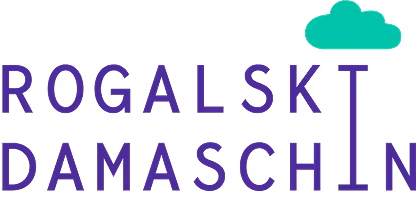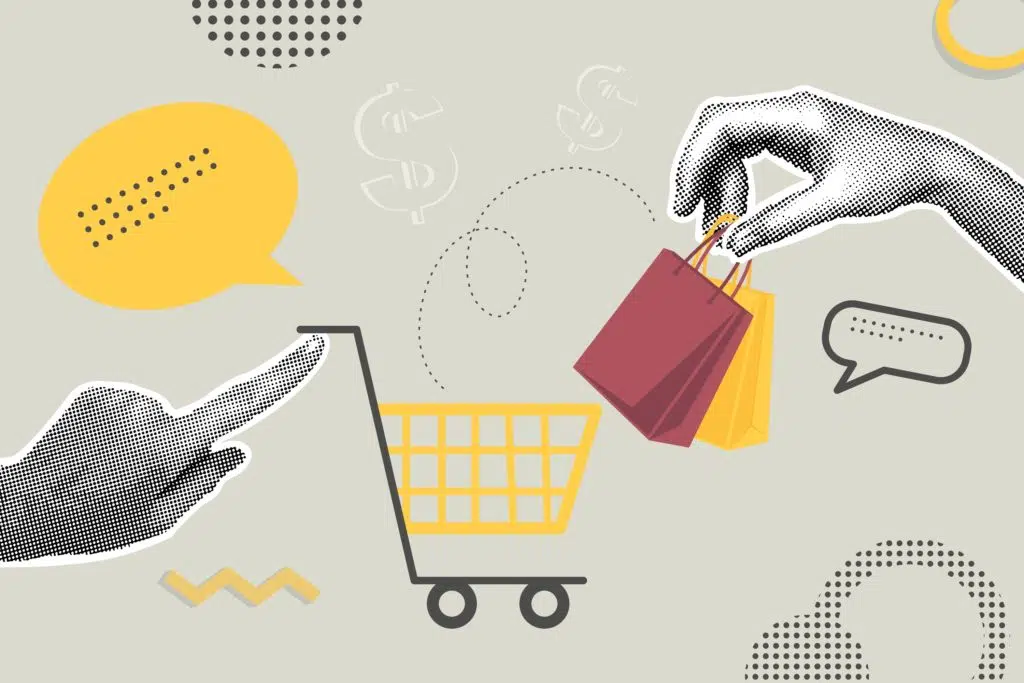
Fluency in influence. How to Build Authentic Brand-Influencer Partnerships to Bring Brand Communication Coherence
- Influence is not a new phenomenon. From shamans to social media, the principles of this phenomenon have remained the same.
- Time invested in getting to know influencers and their communities is essential for authenticity.
- Naturalness is the key differentiator in a market dominated by sponsored content.
How big is the influencer market in Romania and how can brands turn collaborations with them into long-term relationships? The number of active influencers in Romania reached almost 48,000 in 2024, according to a recent study of MOCAPP, and each of them conducts at least one paid campaign per month.
To size this occupation even better, you need to know that in Romania there are:
- about 10,000 active architects
- just over 21,000 dentists
- Approximately 48,000 teachers
- about 72,000 doctors with other specialties.
From shamans to social media: influence as a historical phenomenon
In the classical sense of the word, the phenomenon of influencers began globally 15 years ago with the development of social networks. However, if we explore the extended meaning of the word, this phenomenon is not at all new.
The classic influencer — message — community triad has been around for centuries and gives us clues about how we can build fluent communication.
Throughout history, influential personalities have played roles similar to today's influencers: they shaped opinions, mobilized important groups, created significant social or political change. Here are some examples:
- Within traditional communities, shamans and spiritual leaders acted as influencers, directing collective decisions through symbolic authority.
- In Antiquity, orators and poets such as Cicero and Vergilio profoundly influenced public opinion through their speeches and works.
- During the Renaissance, Leonardo da Vinci and Machiavelli had a huge impact not only on artistic tastes, but also on the political thought of the era.
Today we use different channels of communication, but the principle remains the same: the use of personal power and symbolic authority to shape opinions and behaviors.
What has changed over time when it comes to influencers? The degree of depth with which we lean on a subject. We all generate infinitely more content, but the result is a superficial one that is easy to overlook.
The Mona Lisa is today one of the most famous paintings in the world, but Leonardo Da Vinci worked on it for 16 years. If a tenth of all this time was spent in creating content, perhaps the results of some brand-influencer collaborations would better stand the test of time. And the tenth part doesn't mean that much either.
Time, investment in authenticity underestimated in collaborations with influencers
Today, many partnerships with content creators are under pressure to deliver results quickly, and this also transforms the analysis and implementation process into a fast-forward one.
Why haste can compromise the authenticity of the brand message conveyed by the influencer?
Authentic content is natural or even spontaneous content. But this implies a free hand on the part of the brand, which implies trust in the chosen partner and spending time together, so that the influencer knows exactly what they are promoting.
The rush and pressure of fast delivery, however, lead to collaborations and brand integrations that have a completely directed “naturalness”, losing credibility.
The Lesson of Long-Lasting Brand-Influencer Partnerships
Partnerships are often seen as short-term transactions, but true fluency in communication is not built overnight or through punctual campaigns.
The example of Michael Jordan and Nike demonstrates what long-term collaboration means. Their partnership of nearly 40 years has transformed the sports shoe industry. Jordan was actively involved not only in the marketing of the Air Jordan line, but also in the design process.
Really getting to know the content creator we work with takes time. We need to understand its values and how they align with the brand's vision. It is not a formality that is solved in a short online call, but an essential process to avoid superficial collaborations, which have led to:
- oversaturation of the online environment by “sponsored content”
- people's reluctance to promotional messages
- a fresh (and welcome) wave of comedians charging all the cliches in online content.
Avoiding cliches. Naturalness, the essential ingredient for the fluidity of the brand—influencer partnership
The digital environment is increasingly crowded with sponsored collaborations and paid content. In this context, naturalness is an important criterion for self-assessment of a campaign developed with an influencer.
Social networks were created to connect friends and people with common interests. Over time, they turned into spaces of excessive advertising. This change has caused the public to become more skeptical and much more attentive to the authenticity of the messages.
Today, content perceived as forced or purely commercial runs the risk of being ignored or, in some cases, it can even generate negative reactions.
An organically built audience doesn't just mean passive followers. It represents an active community of people who want to find authenticity, common interests and real inspiration.
When a collaboration with a brand seems forced, that authentic connection is weakened, and the real influence of the creator, but also of the brand, decreases significantly.
Listening to the influencer community. How do we test the usefulness of the message before promoting it?
A fluent brand-influencer partnership does not start with the product, but with the audience. Often, collaborations start from the premise that the audience already needs the promoted product. However, this hypothesis is not really tested in advance or supported by a real understanding of the needs of that community.
Instead, many campaigns often focus strictly on execution — that is, “how” and “when,” neglecting the essential “why?” that can vary so much from person to person.
Effective collaboration with an influencerIt's not just about convincing people to buy. Nor does it mean creating new needs. The real goal is to understand whether the product or service promoted brings value to the audience.
Effective communication has continuity. It works like a dialogue, it does not stop after reciting the benefits of the product or the unmissable experience it offers.
In a market oversaturated with content, fluency in communication no longer comes from well-packaged campaigns, but from brand-influencer collaborations that meet the real needs of the audience.
Frequently asked questions about brand partnerships with influencers
- How can brands choose the right influencers for their campaigns?
The choice should not only be based on the number of followers, but on the relevance of the audience, the authenticity of the content and the alignment of personal values with those of the brand. - What is the best way to maintain the naturalness of a campaign?
By offering creative freedom. The more an influencer is allowed to express their own voice, the more credible the message becomes. - How can the effectiveness of a brand—influencer partnership be measured?
Engagement indicators (comments, shares, genuine reactions), community growth and direct audience feedback, not just the number of views or clicks. - What is the most common reason why brand—influencer collaborations fail?
Lack of alignment between brand values and influencer personality. When collaboration is forced, the audience quickly feels the lack of coherence.









